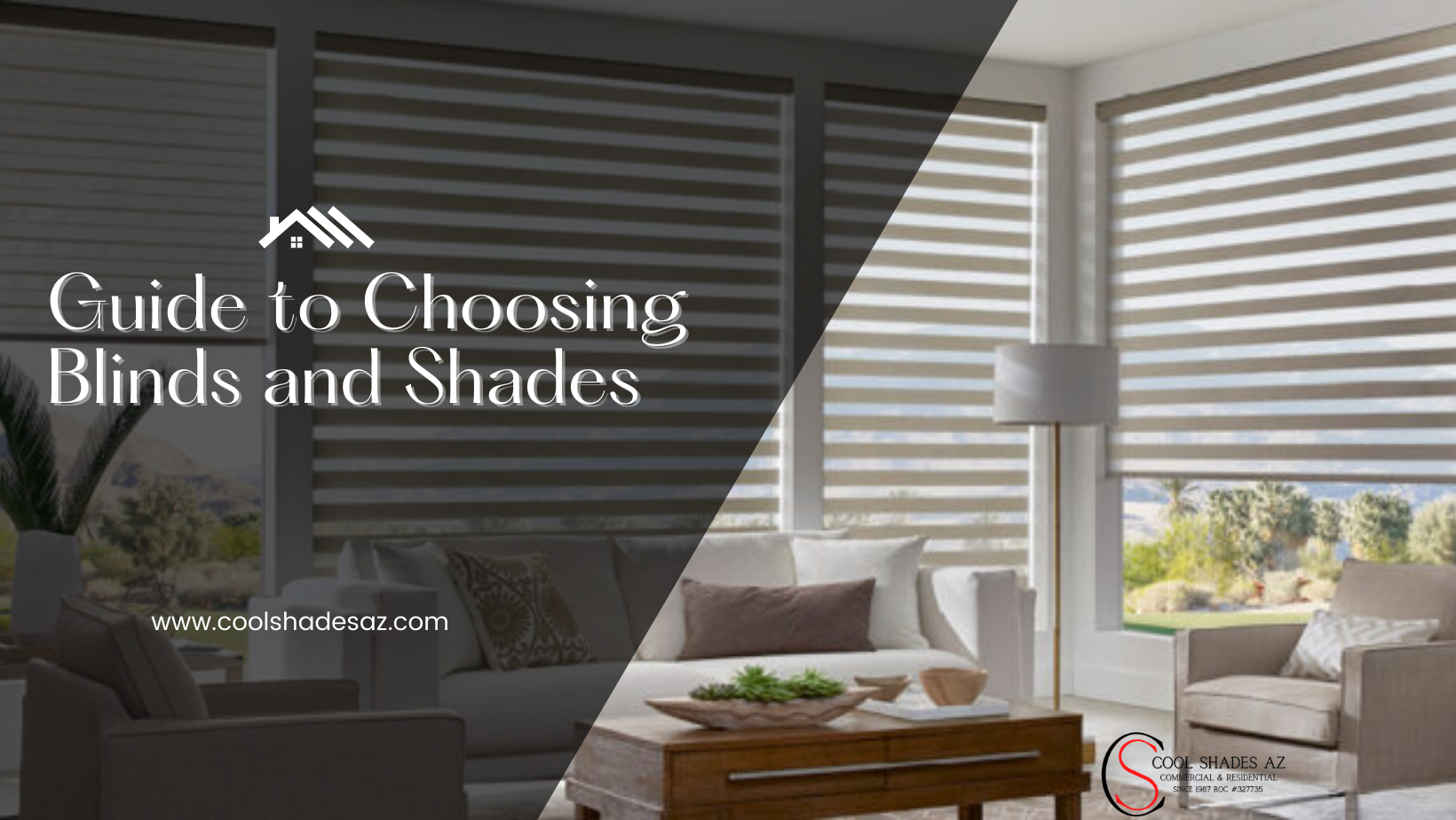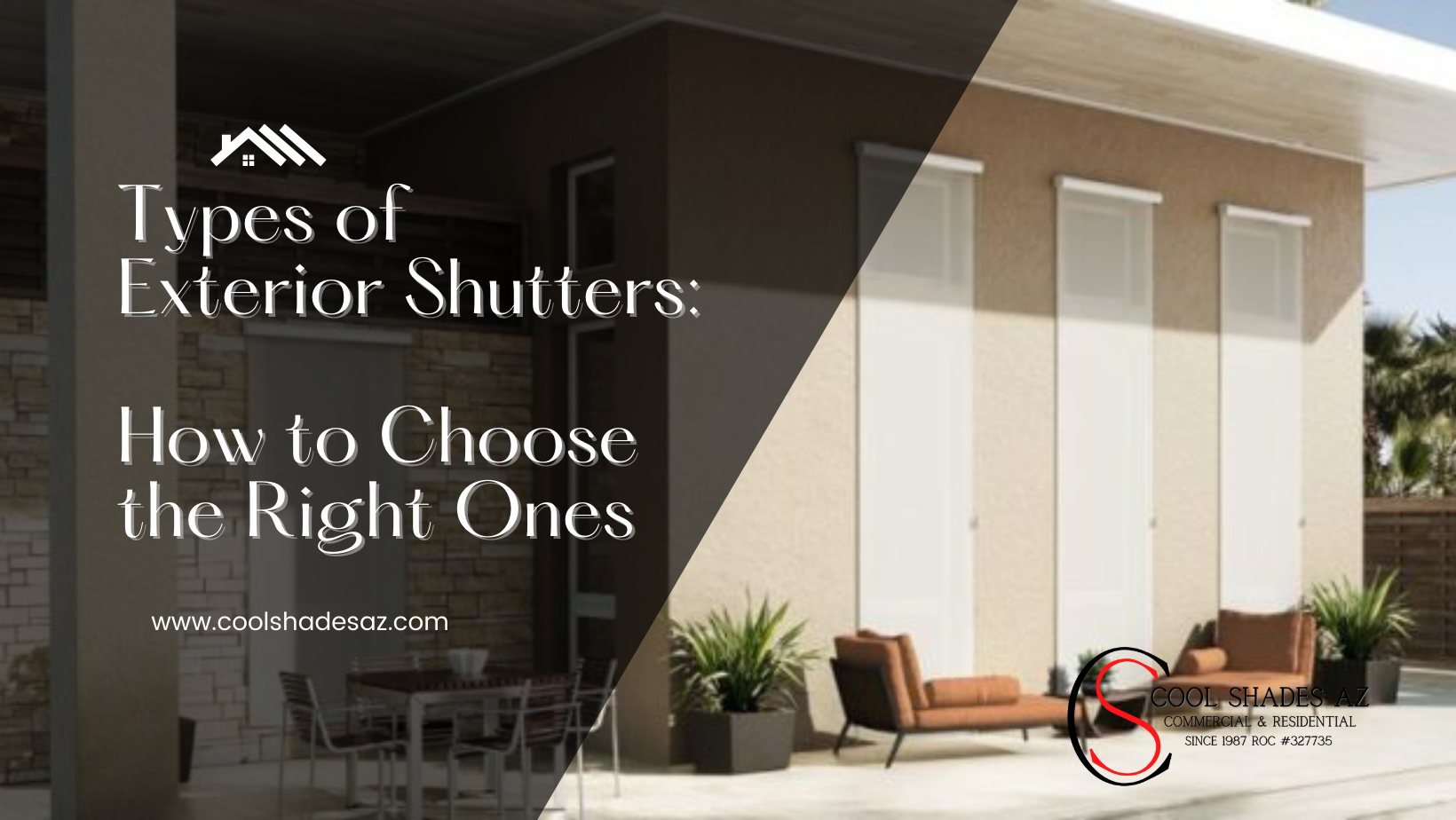How to Measure Blinds: Step by Step
Now that you have your blinds, it is time to mount them to the wall. When hanging window blinds in your home you have to start by measuring the space you need the blinds to cover. Precision is key, as you don’t want your blinds too wide or too narrow. An accurate measurement will ensure great-looking window coverings. When measuring for blinds it is important to remember a few key things.
-A steel measuring tape is much more accurate than cloth.
-Always measure to the nearest 1/8-inch.
-Always put your width measurement first followed by the height.
Inside Mount vs Outside Mount
Before taking any measurements, you first have to determine how you will hang the blinds. There are two different options. The inside mount or the outside mount.
Inside Mounted blinds are installed inside the window casing. This means they are narrower than the window frame. This type of mount is commonly used in conjunction with draperies, which mount to the outside of the window. Inside mounts offer a clean, streamlined look, but don’t provide as much light control as outside mounts.
Outside Mounted blinds overlap the window frame and hang from the upper headrail. They are a popular choice when the blinds are going to be the only window covering. This style also tends to make the window appear larger than it is.
Measuring for Inside Mounted Blinds
When you’re measuring for inside mounted blinds, accuracy is extremely important. In order to get the accurate measurement please follow the four simple steps below.
Step 1: Measure from inside edge to inside edge at the bottom, middle, and top of the window. Record the narrowest measurement. This is because not all windows are built perfectly, and the measurement of each can vary slightly.
Step 2: Measure from the inner edge of the upper frame to the top of the bottom sill (or however far down you would like your blinds to go) at the left, middle, and right side. Write down the longest length of these three measurements.
Step 3: Deduct 1/4” from the width measurement to prevent your blinds from scratching the sides of the window frame.
Step 4: Deduct 1/4” from the height measurement if you don’t want your blinds to rest on the sill.
Pro Tip:
– Double-check the mounting requirements of your chosen blinds to ensure your window has enough depth to accommodate an inside mount.
Measuring for Outside Mounted Blinds
Outside mounted blinds are much easier to measure. When you’re measuring them allow enough space to accommodate the mount.
Step 1: Measure the width of the window including the molding and frame,
Step 2: Measure the height of the window including the molding and frame.
Pro Tip:
– Add at least 3” to the width measurement as this allows it to overlap 1.5” on each side. This will protect you from the light getting through the sides of the blinds.
– Add at least 3” to the height measurement. You always want to go a little longer than you need, as blind height is easy to adjust.
– For vertical blinds add 4” to the width and 3” to the height. This will compensate for these types of blinds for when they are fully opened.





